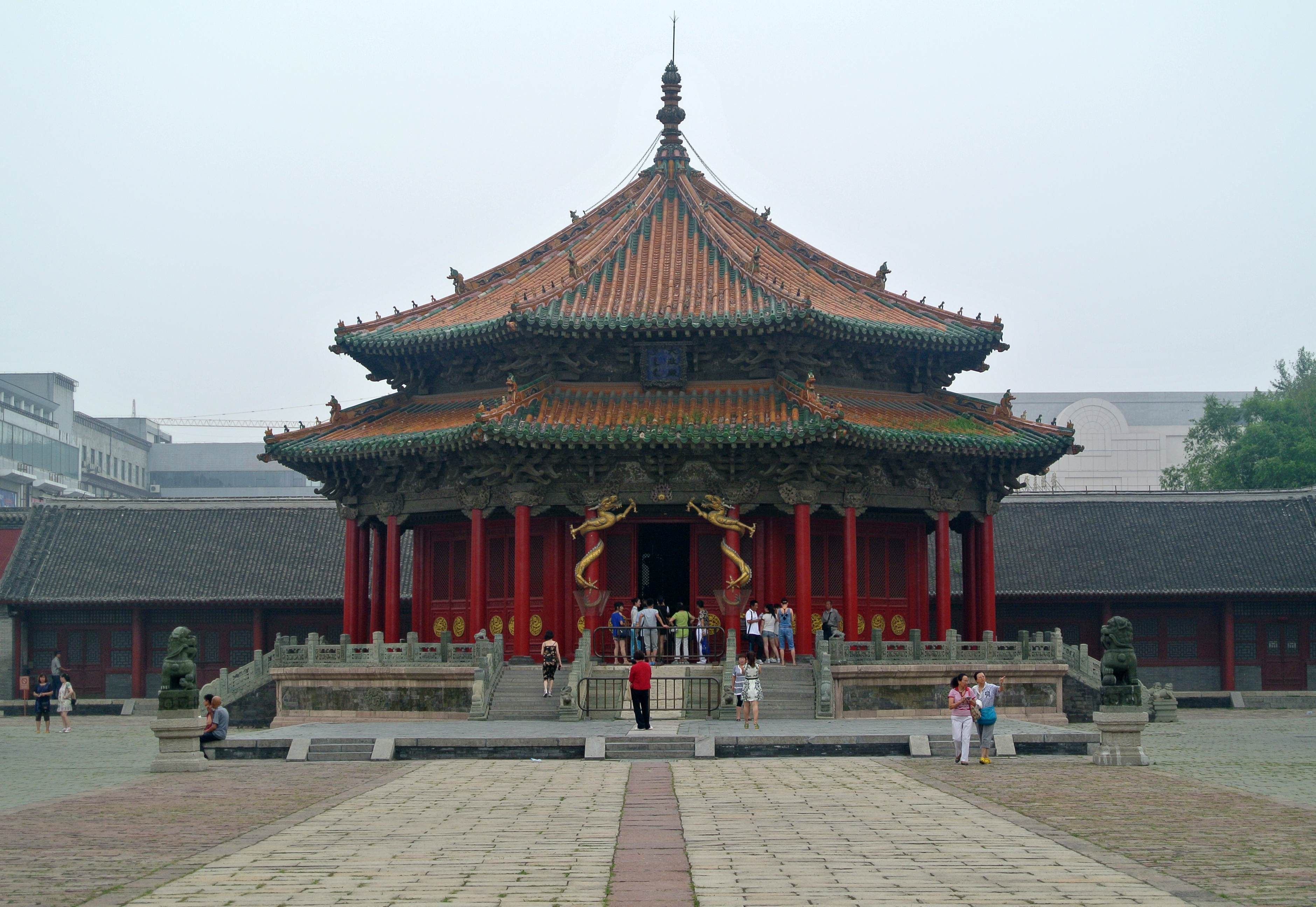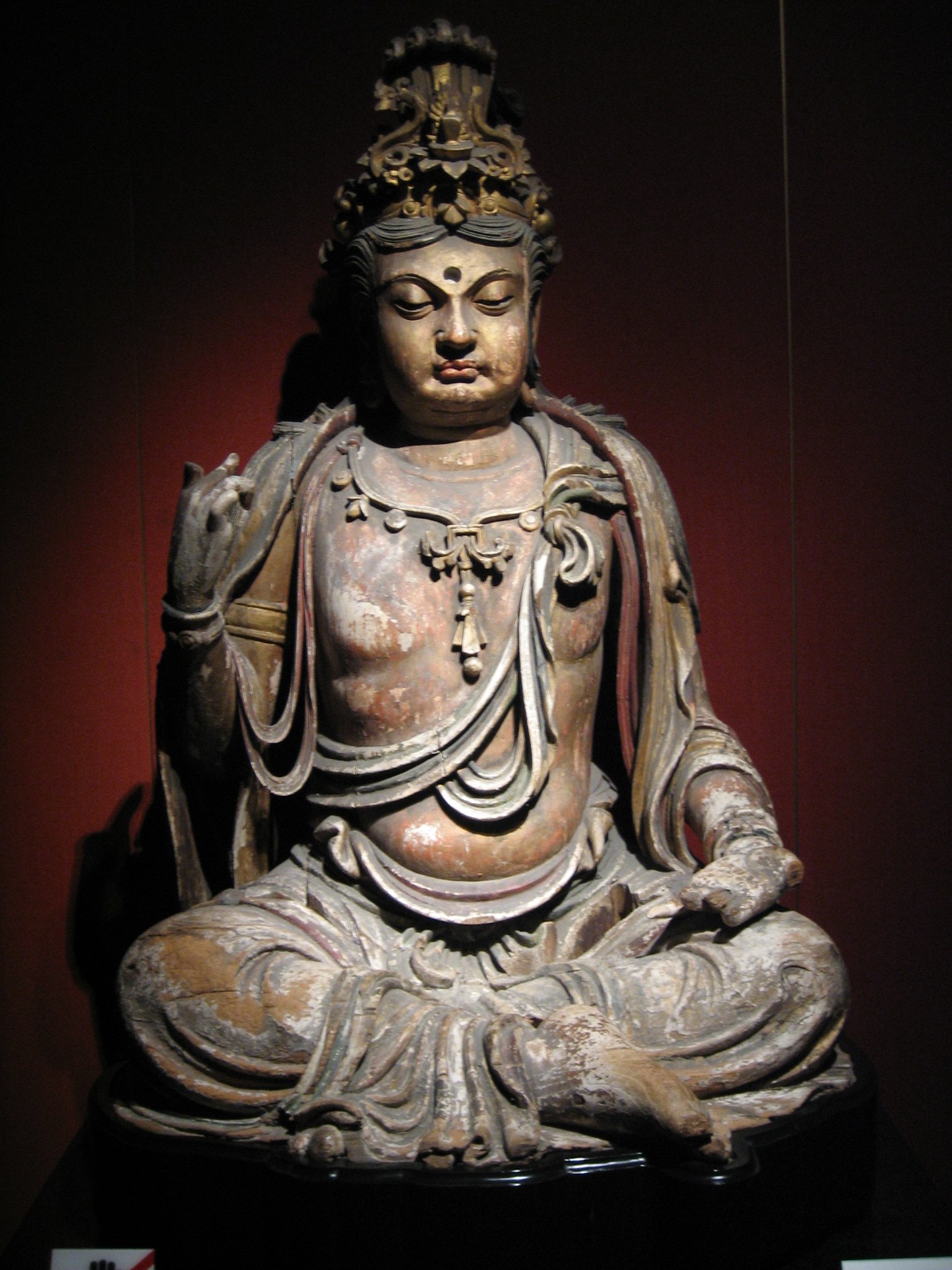|
Shenyang
Shenyang,; ; Mandarin pronunciation: ; formerly known as Fengtian formerly known by its Manchu language, Manchu name Mukden, is a sub-provincial city in China and the list of capitals in China#Province capitals, provincial capital of Liaoning province. It is the province's most populous city with a population of 9,070,093 as of the 2020 Chinese census, 2020 census, also making it the largest city in Northeast China by urban population, and the second-largest by metropolitan population (behind Harbin). The Shenyang metropolitan area is one of the major megalopolises in China, with a population of over 23 million. The city's administrative region includes the ten metropolitan district (China), districts, the county-level city of Xinmin, Liaoning, Xinmin, and the counties of the People's Republic of China, counties of Kangping County, Kangping and Faku County, Faku. Shenyang has been controlled by numerous different states and peoples during its history. In the 14th century, the ... [...More Info...] [...Related Items...] OR: [Wikipedia] [Google] [Baidu] |
Liaoning
) , image_skyline = , image_alt = , image_caption = Clockwise: Mukden Palace in Shenyang, Xinghai Square in Dalian, Dalian coast, Yalu River at Dandong , image_map = Liaoning in China (+all claims hatched).svg , mapsize = 275px , map_alt = Map showing the location of Liaoning Province , map_caption = Map showing the location of Liaoning Province , coordinates = , subdivision_type = Country , subdivision_name = China , named_for = —"Liao River, Liao (River)" —"pacification" "Pacified of the Liao (River)" , seat_type = Capital , seat = Shenyang , seat1_type = , seat1 = , parts_type = Divisions , parts_style = para , p1 = 14 Prefectures of China, prefectures , p2 = 100 Counties of China, counties , p3 = 1511 Townships of China, townships , government_type = Provinces of ... [...More Info...] [...Related Items...] OR: [Wikipedia] [Google] [Baidu] |
Hunnan District
Hunnan District (), formerly Dongling District () one of ten districts of the prefecture-level city of Shenyang, the capital of Liaoning Province, Northeast China, and forms part of the eastern and southeastern suburbs. The district contains 12 subdistricts of Shenyang proper, six towns, one rural township, and one ethnic rural township. It borders Shenbei New Area to the north, Sujiatun to the south, Heping to the west, and Shenhe and Dadong to the northwest; it also borders the prefecture-level city of Fushun to the east. The former name Dongling refers to the Eastern Tomb, or Fuling Tomb, a UNESCO World Heritage Site, which is in fact two Qing dynasty tombs: of Nurhachi, the first emperor of Qing. The district is rapidly becoming a developed, high-end residential area. There are two corridors along two major highways, one leading to the Eastern Tomb and Fushun, the other leading to the Shenyang Taoxian International Airport, along which one can see luxury apartment ... [...More Info...] [...Related Items...] OR: [Wikipedia] [Google] [Baidu] |
Shenhe
The Shenhe District () is one of ten districts of Shenyang, the capital of Liaoning province and the largest urban center in Northeast China. Shenhe District is where Shenyang's old city (within the long-demolished city walls) resided, currently serves as one of the two central districts of Shenyang (along with Heping District) and hosts the seat of the City Government. It borders the Dadong District to the northeast, Hunnan District to the south, Heping District to the west, and Huanggu District to the northwest. Administrative subdivisions There are 11 subdistricts within the district. * Binhe Subdistrict () * Wanlian Subdistrict () * Zhujianlu Subdistrict () * Beizhan Subdistrict () * Fengyutan Subdistrict () * Huangcheng Subdistrict () * Wulihe Subdistrict () *Nanta Subdistrict () *Quanyuan Subdistrict () * Maguanqiao Subdistrict () *Dongling Subdistrict () Transport Rail Shenhe District is also home to Northeast China's main railway hub, the Shenyang North Railw ... [...More Info...] [...Related Items...] OR: [Wikipedia] [Google] [Baidu] |
Mukden Palace
Mukden Palace (), or Shenyang Imperial Palace (), was the former palace of the Later Jin dynasty and the early Qing dynasty. It was built in 1625, and the first three Qing emperors lived there from 1625 to 1644. Since the collapse of imperial rule in China, the palace has been converted to a museum that now lies in the center of Shenyang, Liaoning. History Early construction began in 1625 by Nurhaci, the founder of the Later Jin dynasty. By 1631, additional structures were added during the reign of Nurhaci's successor, Hong Taiji. The Mukden Palace was built to resemble the Forbidden City in Beijing. However, the palace also exhibits hints of Manchu and Tibetan architectural styles. After the Qing dynasty replaced the Ming dynasty in 1644 in Beijing, the Mukden Palace lost its status as the official residence of the Qing Emperor. Instead, the Mukden Palace became a regional palace. In 1780, the Qianlong Emperor further expanded the palace. Successive Qing emperors usually ... [...More Info...] [...Related Items...] OR: [Wikipedia] [Google] [Baidu] |
Zhao Mausoleum (Qing Dynasty)
Zhaoling (; mnc, , v=eldengge munggan), also known as Beiling () is the tomb of the first Qing emperor, Hong Taiji, and his Empress Xiaoduanwen. The tomb is located within Beiling Park, in Huanggu District of the northern urban Shenyang, Liaoning province, and is a popular area attraction. The tomb complex took eight years (between 1643 and 1651) to build and has a row of animal statues leading to it. The tomb and surrounding park cover an area of 3,300,000 square metres making it the largest of the three imperial tombs north of the great wall. The area around the tomb was originally set aside for imperial use and ordinary people were forbidden entry. This forbidden area was opened to the public in 1928 and now forms Shenyang's Beiling Park (). The Beiling Park has an area of 330 hectares (820 acres), and contains many historic buildings, pine trees and lakes. In 1927, Government of the Fengtian Province (later renamed Liaoning Province) established the park, which incl ... [...More Info...] [...Related Items...] OR: [Wikipedia] [Google] [Baidu] |
Northeast China
Northeast China () is a geographical region of China, consisting officially of three provinces Liaoning, Jilin and Heilongjiang. The heartland of the region is the Northeast China Plain, the largest plain in China with an area of over . The region is separated from the Russian Far East to the north and east by the Amur, Argun and Ussuri Rivers; from North Korea to the south by the Yalu and Tumen Rivers; and from the neighboring North China to the west by the Greater Khingan Range and Yan Mountains. It is also bounded by the Bohai Bay and Yellow Sea to the southwest, about away from East China's Jiaodong Peninsula across the Bohai Strait, due to be connected via a proposed undersea tunnel. The four prefectures of Inner Mongolia (which is part of North China) east of the Greater Khingan, i.e. Chifeng, Tongliao, Hinggan and Hulunbuir, are sometimes also considered broader parts of Northeast China, and together with the aforementioned three provinces formed what was h ... [...More Info...] [...Related Items...] OR: [Wikipedia] [Google] [Baidu] |
Sub-provincial City
Strictly speaking, China's legal system neither recognizes the concept of "sub-provincial administrative divisions" () or "sub-provincial cities" () nor provides specific legislation for such designations, and these categories are absent from official statistical classifications. The so-called sub-provincial divisions or sub-provincial cities refer to special administrative status granted to selected prefecture-level city, prefecture-level cities during specific historical periods. This status is operationally defined by appointing deputy provincial-level (deputy ministerial-level) officials as the top leaders of municipal party and government organs. Correspondingly, institutional heads under these jurisdictions hold ranks half a grade higher than their counterparts in regular prefecture-level administrative divisions – specifically, party and government department leaders are designated as deputy departmental-level officials. China has 15 sub-provincial cities, including Dalia ... [...More Info...] [...Related Items...] OR: [Wikipedia] [Google] [Baidu] |
List Of Capitals In China
The scope of this list is limited to capital cities of first-level administrative divisions such as provinces, autonomous regions, municipalities, and special administrative regions, also including sub-provincial cities which are governed by a province but administered independently in many ways from a province. __TOC__ Provincial-level capitals * Note: The People's Republic of China claims Taiwan as one of its provinces, which it does not control. Sub-provincial cities that are not themselves provincial capitals Sub-provincial cities have a status that is below that of the municipalities, which are independent and equivalent to provinces, but above other, regular prefecture-level cities, which are completely ruled by their respective provinces. However, these sub-provincial cities are marked the same as other provincial capitals (or a prefecture-level city if the city is not a provincial capital) on almost all maps. In total, there are five sub-provincial cities ... [...More Info...] [...Related Items...] OR: [Wikipedia] [Google] [Baidu] |
Manchu Language
Manchu ( ) is a critically endangered language, endangered Tungusic language native to the historical region of Manchuria in Northeast China. As the traditional native language of the Manchu people, Manchus, it was one of the official languages of the Qing dynasty (1644–1912) of China, although today the vast majority of Manchus speak only Mandarin Chinese. Several thousand can speak Manchu as a second language through governmental primary education or free classes for adults in classrooms or online. The Manchu language has high historical value for historians of China, especially for the Qing dynasty. Manchu-language texts supply information that is unavailable in Chinese, and when both Manchu and Chinese versions of a given text exist, they provide controls for understanding the Chinese. Like most Siberian languages, Manchu is an agglutinative language that demonstrates limited vowel harmony. It has been demonstrated that it is derived mainly from the Jurchen language thou ... [...More Info...] [...Related Items...] OR: [Wikipedia] [Google] [Baidu] |



